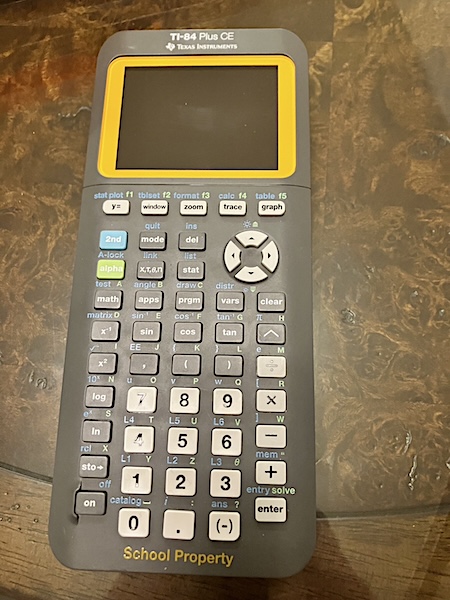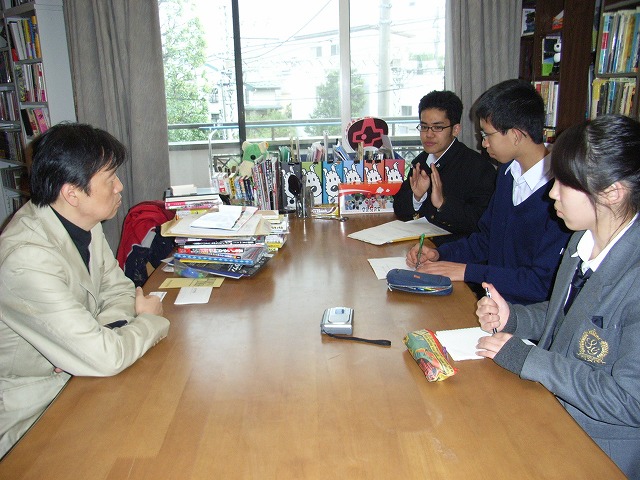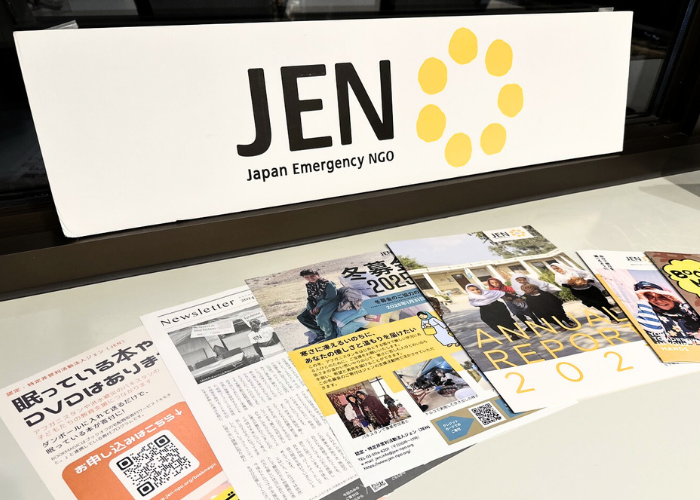記者:Kim Yeonjung(19)
Up until 10 years ago, when I was in elementary school, I used to watch late-night anime behind my parents’ backs. Today, however, everyone watches anime, regardless of generation. The image of the term “anime otaku” has changed considerably. Will this change further? We spoke with Crunchyroll, a company that promotes Japanese anime around the world, about the future of anime and otaku.
What is Crunchyroll?: United States subscription video-on-demand streaming service owned by Sony Group Inc.
A decade ago, there was an impression that “anime fans = minor hobbyists. However, these days, almost everyone enjoys anime, and the number of people who buy anime goods is increasing. One of the reasons why so many people have become familiar with anime is the subscription service that allows people to watch at their own pace, anytime and as much as they want, regardless of the broadcast time slot.
We spoke with Ms. Monique Kuwahara, who works as an associate brand manager at Crunchyroll, an American company that distributes Japanese anime around the world.
Interview

How many countries and how many anime titles does Crunchyroll currently distribute?
Currently we have the world biggest dedicated anime library and with over 200 countries and territories reached. In terms of titles, we have 46,000 episodes and more than 1,300 unique titles on the site, which is about 24,000 hours of anime. Which is a lot!
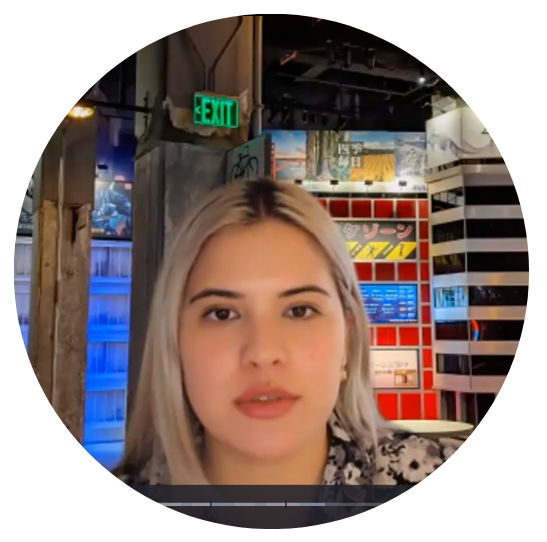

In Japan, people tend to think that “otaku” means “anime lover.” What is the meaning of the word “otaku” in Crunchyroll?
I think one thing to note is that Japan and the international market have very different connotations of what “otaku” means. I believe in Japan it has a little bit more of of a negative connotation. important to note that the meaning of “otaku” is completely different between Japan and other countries. In Japan, I think it has a strong negative image, but that is not limited to anime, and I think it is the same in the way it is used for railroad otaku, computer otaku, and so on.
However, especially in the Western market, “otaku” has at least a positive connotation and has become a term that refers purely to anime fans themselves. So at Crunchyroll, we see “otaku” in a very positive way. That said, we do not use the term “otaku” in a generic way in order to expand in the international market.


Are there any people working at Crunchyroll who are proud to say that they are otaku?
Yes, of course! Crunchyroll has many proud otaku employees.We have employees all over the world, so I don’t have a detailed count…but if I had to give a sense, I would say that probably 50% of the employees consider themselves otaku. To work at Crunchyroll, you have to be an anime lover.
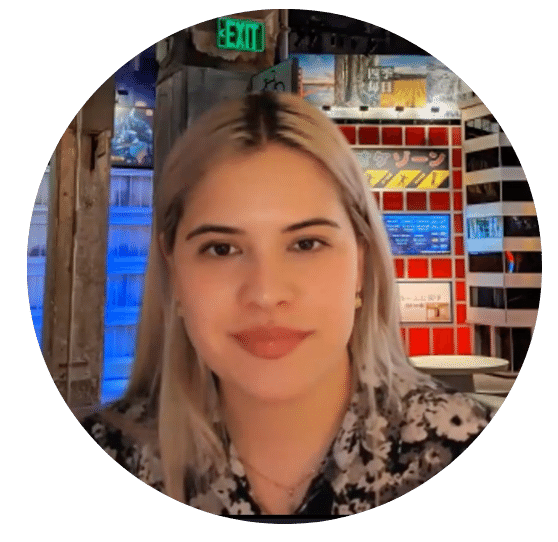

The word “otaku” is used directly in anime titles. Do you use the word “otaku” in other countries as well?
Yes, in the anime community excluding Japan. We definitely use “otaku” in a positive manner, especially within the community outside of Japan.At anime conventions there’s groups that have the word otaku in it. It’s kind of, and I think it’s the same way in Japan, but it’s a way to reclaim usage of the word from a more negative connotation to a positive connotation.


Do you think that Japanese anime will be accepted by the rest of the world?
I think it already is. Personally, I believe that anime is a driving force in pop culture, especially among Gen Z kids, who can watch anime on all major streaming services, and anime attracts thousands of fans.
For example, one of my favorite marketing promotions I worked on this year was bringing demon slayer Kimetsu to New York Times Square, to celebrate the finale of the Swordsmith village, where over 10,000 fans gathered in Times Square, which was the largest anime takeover. This may be normal in Japan, but considering the animation of the 90’s when I was watching Sailor Moon and Pokemon, I feel that it has changed from a very niche genre.

Also, nowadays TikTok anime is mainstream among Gen Z and there is a trend that if you don’t watch anime, you are not cool. In other words, I think anime has already become more mainstream and more accepted.


Final question, what is your favorite anime and what is your favorite character?
My favorite anime is “Hikyu!!” and I can’t narrow down my favorite character to one, but I like Hinata. I like him because he tries his best in everything and he is just so cute.

Today, anime is loved all over the world outside of Japan. And above all, unlike in the past, the word “otaku” is increasingly taken in a positive sense. The meaning of the word is changing not only in other countries but also in Japan. Recently, we often hear the term “guess what” being used. It has become something that is becoming a hot topic among Generation Z in Japan, and the anime market has doubled* in 10 years since 2011. The anime market may become even larger and more widely accepted in more countries with subscriptions from companies such as Crunchyroll.
*Reference:Japan Animation Association, “Animation Industry Report 2022”.
Reporter’s memo
When I was in elementary school, people around me were into Johnny’s, K-POP, etc., and almost no one watched anime, especially late-night anime, even if it was from the Jump series. However, before I knew it, anime culture had spread, and it seemed that more and more people were wearing ITABAG=ouchibags (i.e., tote bags or other bags filled with the badges of their favorite characters) or even dying their hair the color of their favorite characters as an inner layer or gradient. Compared to those days, anime culture seems to have been accepted not only in the world but also as a popular culture in Japan.

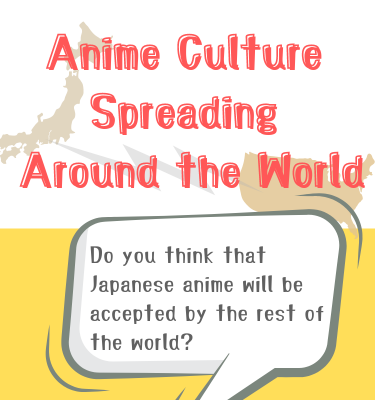
-30-40分-768x768.png)
